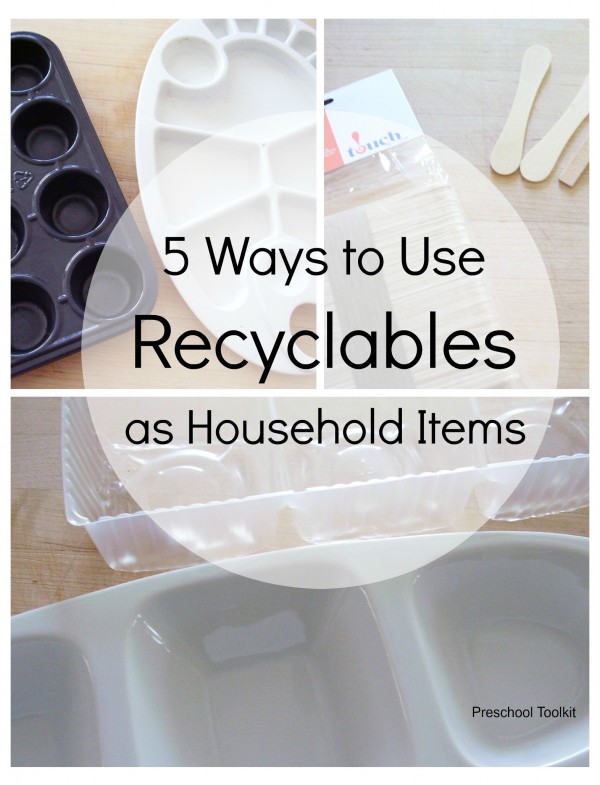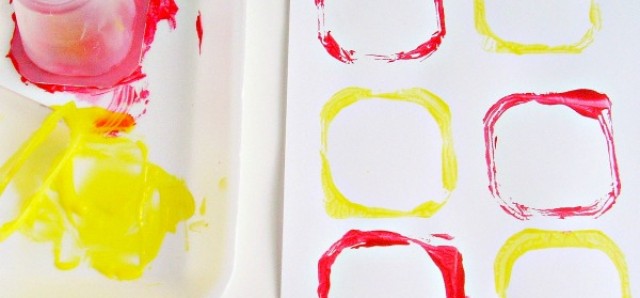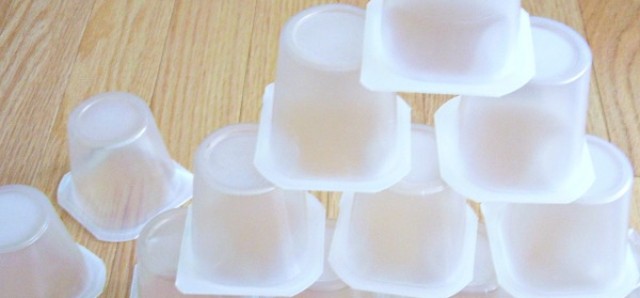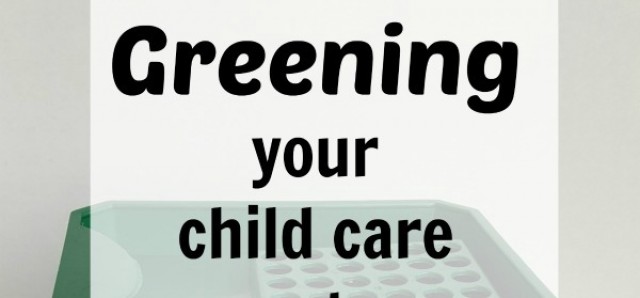Easy Ways to Reuse Throwaways as Household Items
Reduce household garbage by re-purposing throwaway containers and packaging. Try these helpful ways to substitute a recycled item for a new purchase.
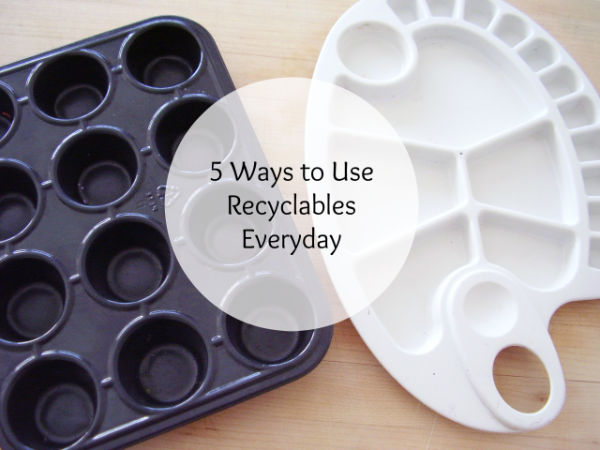
Privacy and Disclosure
for information on cookies and affiliates
It's easy to get into the spirit of being environmentally friendly. One simple way is to reduce the number of items we purchase for daily living.
We make choices almost daily about what things to keep and what to throw away. We might store leftovers in a fast food container, or fill an empty bread bag with fresh baked muffins.
Crafting with kids is a great way to make use of recyclable materials: corrugated cardboard for making flowers; plastic containers for sorting paints in an art activity; shoe boxes for small world play.
I'm always looking for other ways to use items that simply get thrown away. These are some of my best attempts at re-purposing recyclables and throwaways.
How to reuse throwaway items
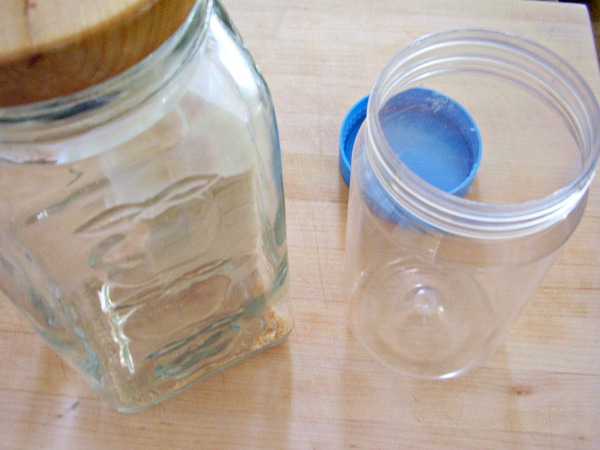
A large peanut butter jar can hold baked goods, just like the store-bought glass cookie jar on the left.
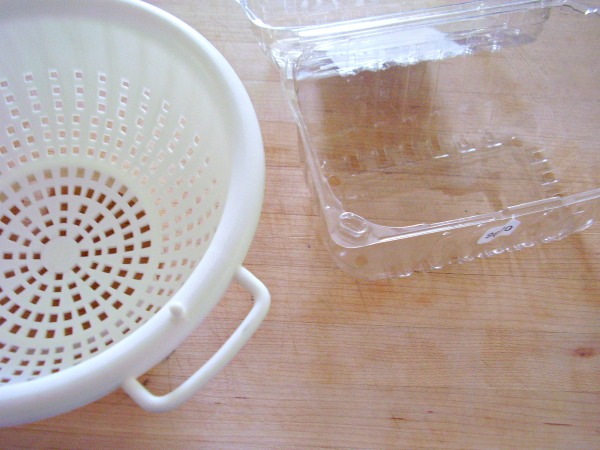
Produce purchased in a plastic berry box can be rinsed right in their container, without requiring the use of a store-bought colander like the one on the left.
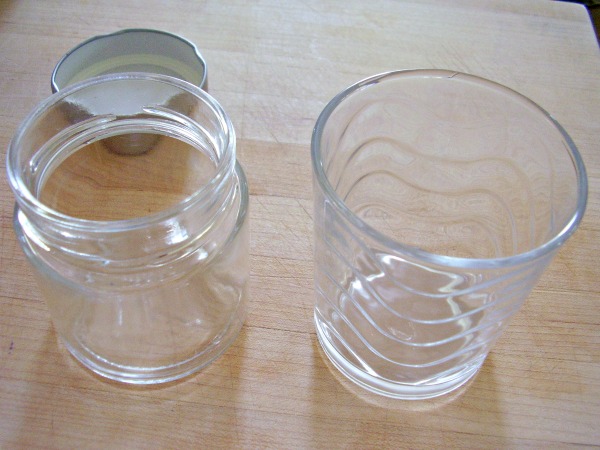
A glass jam jar can just as easily serve as a drinking glass as the store-bought one on the right.
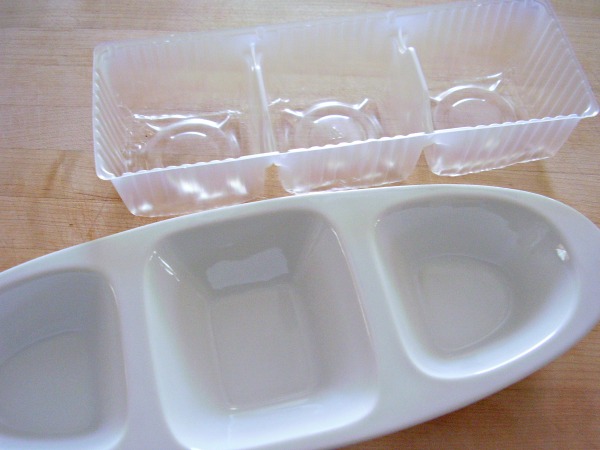
Divided packaging, such as the kind in a bag of cookies or crackers, can take the place of a store-bought serving dish. This is a convenient way to serve snacks to kids.
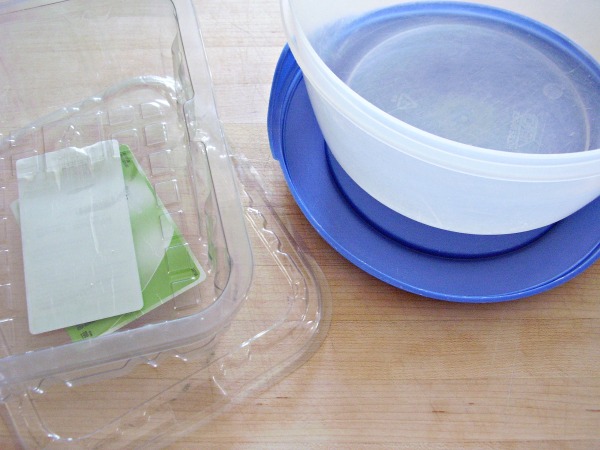
Reuse plastic and glass packaging whenever possible to avoid purchasing large quantities of storage containers.
Bonus tips for using recyclables in kids activities!
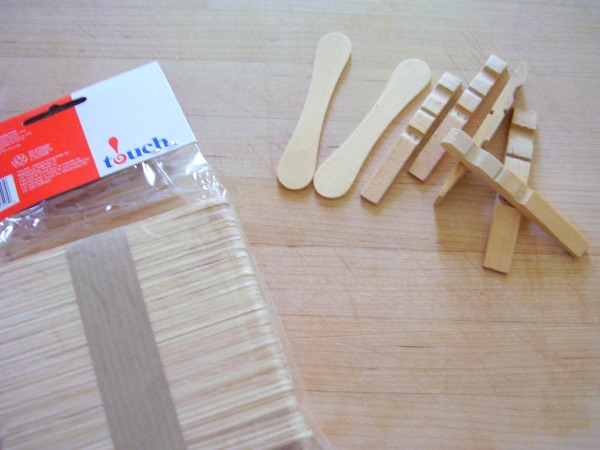
Broken clothespins, and sticks from frozen treats, are easy to recycle for kids crafts instead of buying craft sticks.
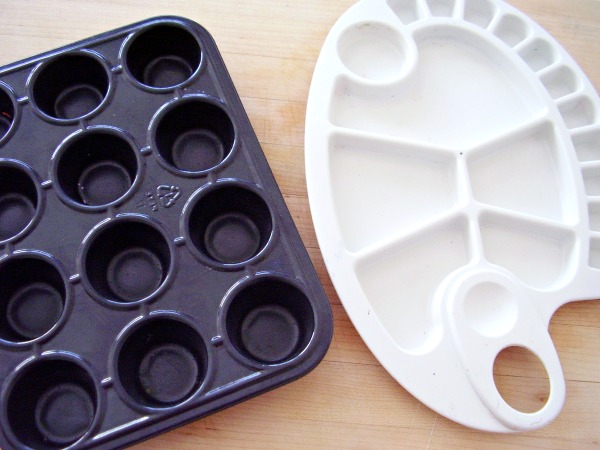
Craft paint colors can be easily be separated in a recycled mini muffin package in place of a store-bought paint palette.
Related: Make your own paint palette with a recyclable foam plate.
Characteristics of throwaways that may limit their usability
1. Flimsy plastic is not sturdy enough to hold food or drink.
2. Narrow grooves and impressions in plastic containers are hard to clean.
3. Lids may not seal securely.
Use these items as paint pots in the art corner, or as containers to hold crayons and other craft materials.
Along with our expectations that manufacturers generate environmentally friendly packaging, as consumers we can also be diligent and creative in how we make, restore, buy and discard items everyday.
Tips for incorporating environmentally friendly practices in our daily routines
- Purchase items without plastic packaging whenever possible.
- Shop with your own cloth bags.
- Balance prepackaged foods with foods prepared at home.
- Shop for lightly used items such as clothes, furnishings and appliances when appropriate.
Many of these practices we already know or follow. But sometimes it's good to remind ourselves what we are currently doing to be environmentally friendly, and reflect on what more we can do.
